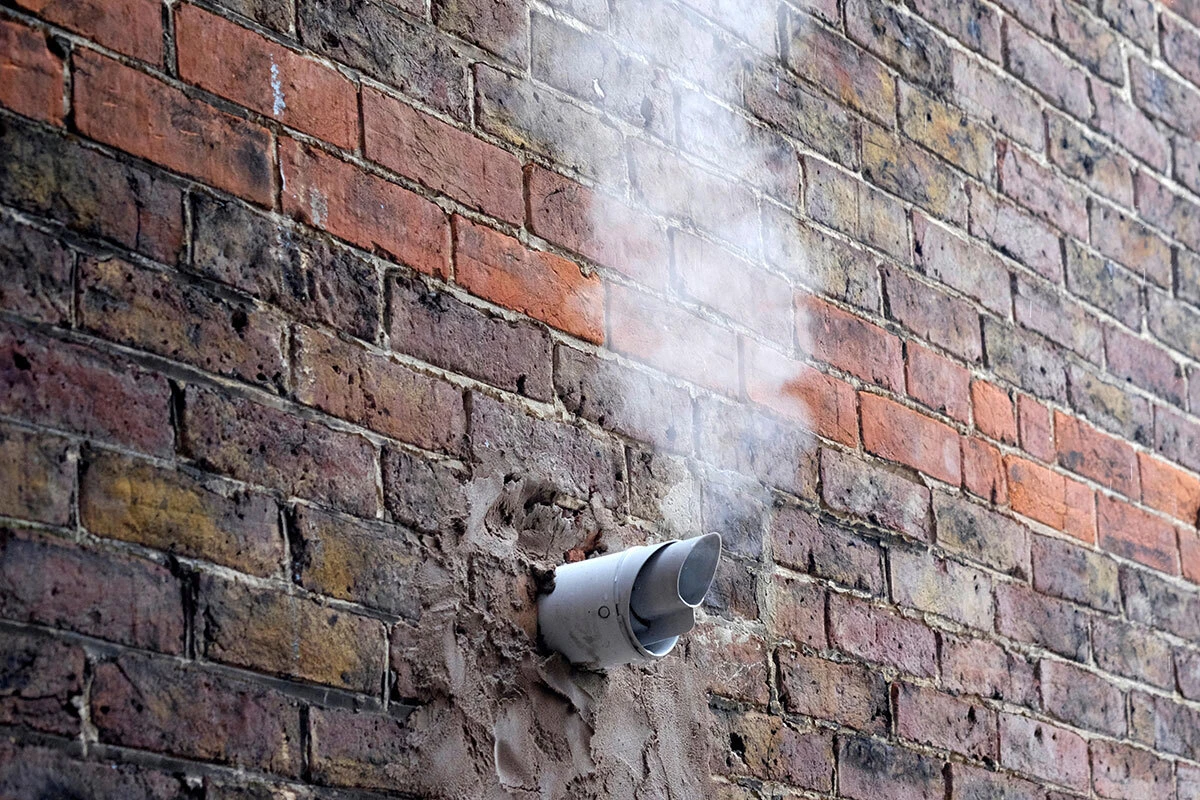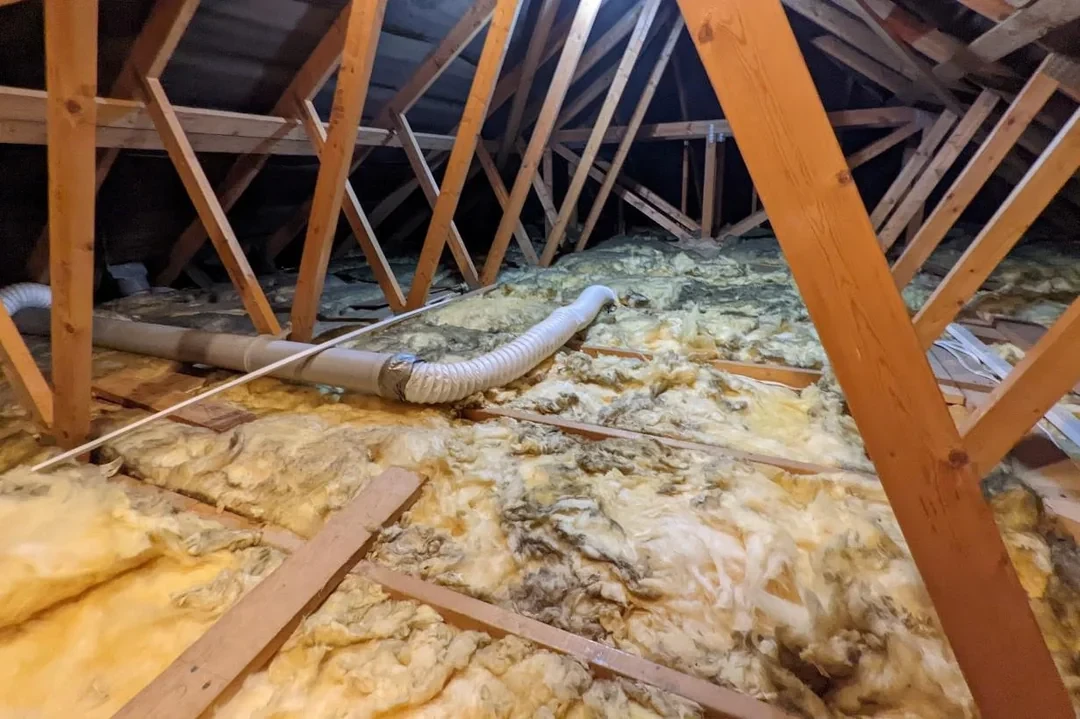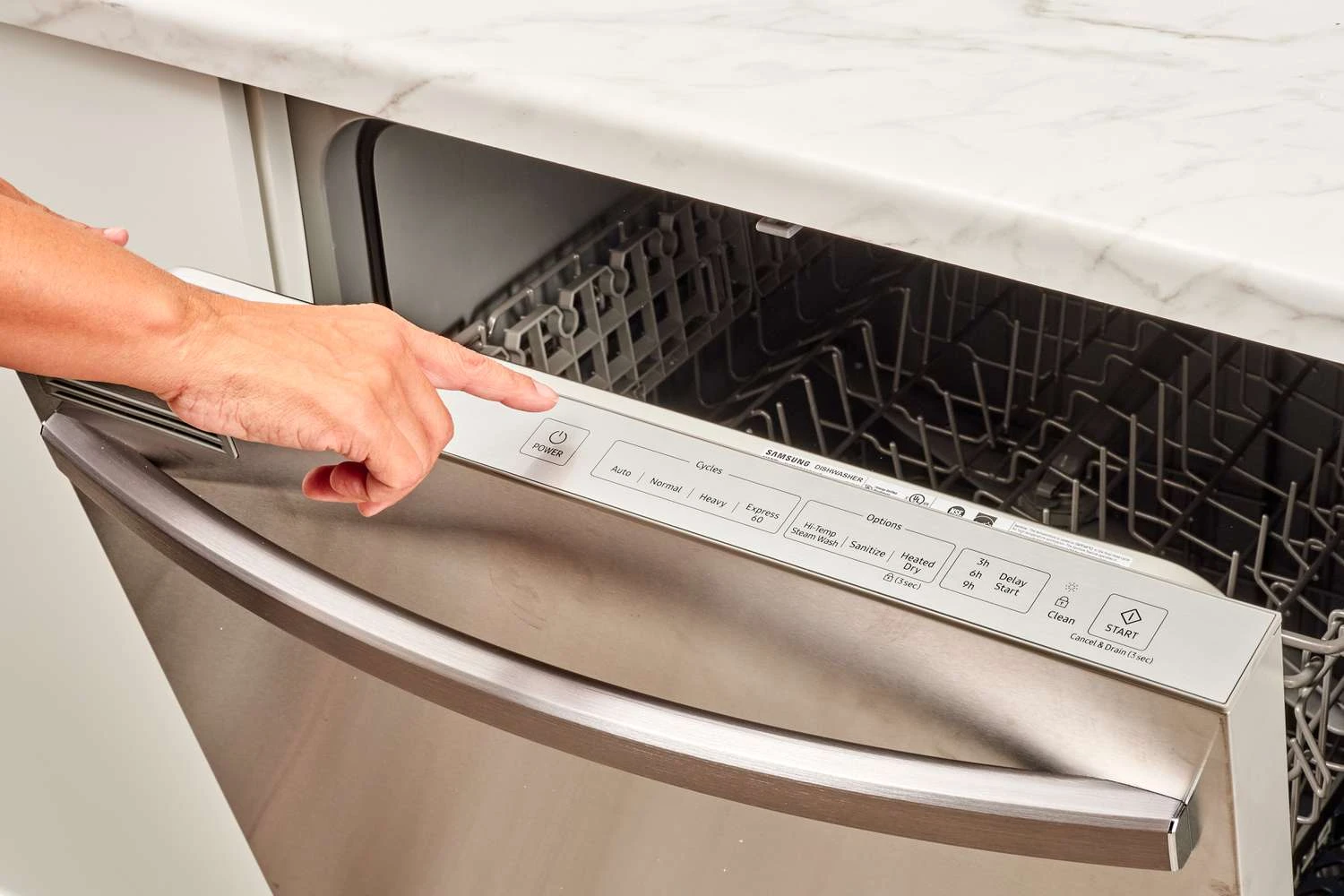02/01/2025
Introduction
Dealing with a combi boiler that constantly loses pressure can be a real headache.
After attending countless "boiler losing pressure" jobs over the years, I’ve seen it all.
I've known customers to have hired plumber after plumber, thrown bottle after bottle of leak sealer in the system to no prevail, and even hired costly professional leak detecting companies, only to find sweet nothing. When in a lot of cases it should have been a cheap easy fix.
Sometimes the issue has dragged on for so long that the customer has grown fed up with the persistent F1 fault code, leading them to leave the filling loop permanently open. Which only worsens the situation. Leaving the filling loop open permanently allows oxygen to enter the system and dilutes any remaining inhibitor chemicals left. Not only that, but it also places the boiler under excessive pressure. The consequences can include sludge build up, a blocked heat exchanger, leaking components, and, in many cases if left long enough the need for a new boiler.
To help you in avoiding these issues, I've put together a list of steps you can take before engaging a heating engineer or leak specialist. By the time you've finished reading this, you should hopefully be well-informed enough to identify where the leak may be lurking, potentially saving you a few quid in the process.
And if it does turn out to be a bit too much for a DIY fix, at least you'll have a good handle on what might be going on and what your engineer should be looking for.
Before we delve into testing, it is important to identify when your system is losing pressure. The chances are it’s going to lose pressure in one of two ways:
1. Boiler loses pressure constantly
Your boiler is losing pressure all of the time, regardless of whether you use the central heating or not.
2. Boiler is losing pressure when heating is used
Your boiler only loses pressure during or after the central heating is being used.
If you’re unsure, I recommend that you take the following steps to identify when the boiler is losing pressure:
Take a note of the pressure when the system is cold.
Leave the heating turned off for 24 hours.
After 24 hours has passed, go back to your boiler and check the pressure again. If the pressure is where you left it, you can be sure the heating system is losing pressure when in use.
Please note, this article will be relevant to either a system boiler or combi boiler. If you have a conventional (heat only, regular) boiler that has a sealed system kit (no small feed & expansion tank in the loft), you may be able to take something away from this article, but you won’t be able to follow it step by step. This is because your boiler won’t have any means of isolation.
If you are unsure what type of boiler you have, use the Worcester Bosch boiler types guide.
Boiler is losing pressure constantly
If you’re experiencing a steady loss in pressure whether you use the heating or not, the chances are, there’s a leak somewhere on the system.
Check the parts of the system that can be seen
Pipework, valves, radiator, radiator valves and vent plug’s etc.
Check underneath the boiler at the connections, and around the bottom of the case.
Check ceilings, floors, and walls for signs of damp.
Narrow it down
The leak is either going to be on the boiler, or the heating system (radiators, pipework etc).
I will next go through the steps you can take to isolate the boiler to identify if the leak is on the heating system, or on the boiler itself.
Before following these steps, the heating system must be cold, and not turned on:
Get a copy of your boilers manufacturer service and installation instructions (MI’s).
Find the section in the MI’s that explains the layout of the valves underneath your boiler i.e. flow, return, gas, cold, hot etc.
Identify the flow and return isolation valves underneath the boiler.
Take a picture of them so you can look back at which way round the isolation valves where originally, should you make a mistake or forget.
Turn off the power supply to your boiler and heating system.
Top the pressure up to 2 bar. If you don’t have sufficient mains pressure, as close to 2 bar as you can get it.
With a marker pen, put a mark on the pressure gauge where the gauge needle is pointing to (hopefully 2 bar).
Turn the flow and return isolation valves underneath your boiler to the off position – instructions on how to do this may be in the MI’s. If not, most flow/return isolation valves are quarter turn, and normally incorporate a movable slotted gland, or a lever to turn them on/off.
Leave the system turned off for 24 hours (the testing period) and check if there is any movement on the pressure gauge, make a note of your findings.
Open the flow / return isolation valves back up, wait a few minutes and take another note of the pressure.
Don’t forget to turn the power supply back on after testing!
Boiler lost pressure before opening valves back up
If the boiler lost pressure during the testing period (before opening the valves back up), it's probable that the leak is within the boiler.
If the issue is within the boiler, then unfortunately you will need to employ a Gas Safe Registered Engineer to open up the boiler and carry out a boiler repair.
Things your engineer look for:
Obvious leaks coming from internal components within your boiler.
The main heat exchanger – I have found a lot of leaking heat exchangers with older Ideal Logic boilers. You can easily identify this by removing the condensate trap, topping the pressure up to 2 bar and visually inspecting the condensate connection at the bottom of the sump for a steady drip of water.
Boiler lost pressure after opening valves back up
If the boiler held pressure before opening the valves back up, but dropped afterwards, it's probable that the leak is on the heating system.
Unfortunately, if the leak is somewhere on the heating system and you can’t spot it on the visible components, it is likely you or your plumber will need to put some old rags on and get underneath the floor to find it. Good luck😊
If your home has a solid floor, and the heating pipes are buried underneath. This is where a leak finding specialist or a plumber with a thermal imaging camera may come in handy.
Boiler didn’t lose pressure
If the boiler didn’t lose pressure during the test, I recommend you continue to read the next section of this article.
Boiler loses pressure when I use my heating
Expansion vessel
Your system or combi boiler will have an internal expansion vessel. And sometimes an external expansion vessel if you have a large heating system with lots of radiators.
Expansion vessels are a critical part of your heating system which I find is often overlooked (even by heating engineers). I recommend the expansion vessel is checked and recharged on every boiler service
I won't explain how expansion vessels work in this article but if you would like to know more I recommend you read Vaillant’s page on expansion vessels
Testing the expansion vessel
Pressurise your boiler to 1.5 bar – this must be done when the system is cold.
Set the heating temperature dial on the front of your boiler to maximum. If your boiler has a digital display with buttons, do this in the menu options.
Set the temperature of your room thermostat to 28 °c. This so that the boiler will not turn off any time soon.
Make sure your programmer or time clock is set to run the heating on constant.
Turn on the heating system and run it until it reaches the temperature you set it to on the boiler, while keeping an eye on the pressure gauge.
Make a note of the highest pressure the boiler reaches.
The pressure doesn’t want to exceed 2.5 bar. The boiler will start to release pressure at 3 bar via the pressure relief valve (PRV). You can usually spot this by checking the discharge pipe outside. The discharge pipe is usually on the outside wall where the boiler is located and will normally be a copper pipe.
If the pressure does start to exceed 2.5 bar, you can likely conclude that the expansion vessel is either flat, full of water, or undersized.
Remember to adjust the thermostat and boiler flow temperature back to your normal settings.
Expansion vessel is undersized
If undersized you can use the following expansion vessel size calculator to work out what size you need - however, chances are you will not have all the information you need to accurately size it, so opt to either have the existing (external) vessel replaced for a larger one, or have an additional vessel installed.
Expansion vessel is full of water
In 95% of cases I come across an expansion vessel full of water (condensation), a new vessel is not needed. Many people are misguided into thinking that if a vessel is full of water, the vessel (or diaphragm) has failed. This is not always the case, and in most cases the water can be removed quite easily by an experienced gas service engineer.
Expansion vessel is flat
This can be quite easily fixed by having it recharged by an experienced engineer.
Conclusion
Pressure problems, if ignored, can lead to significant and costly issues. It's advisable to tackle the problem promptly. This article aims to provide you with knowledge and guidance to help you address the issue effectively.













